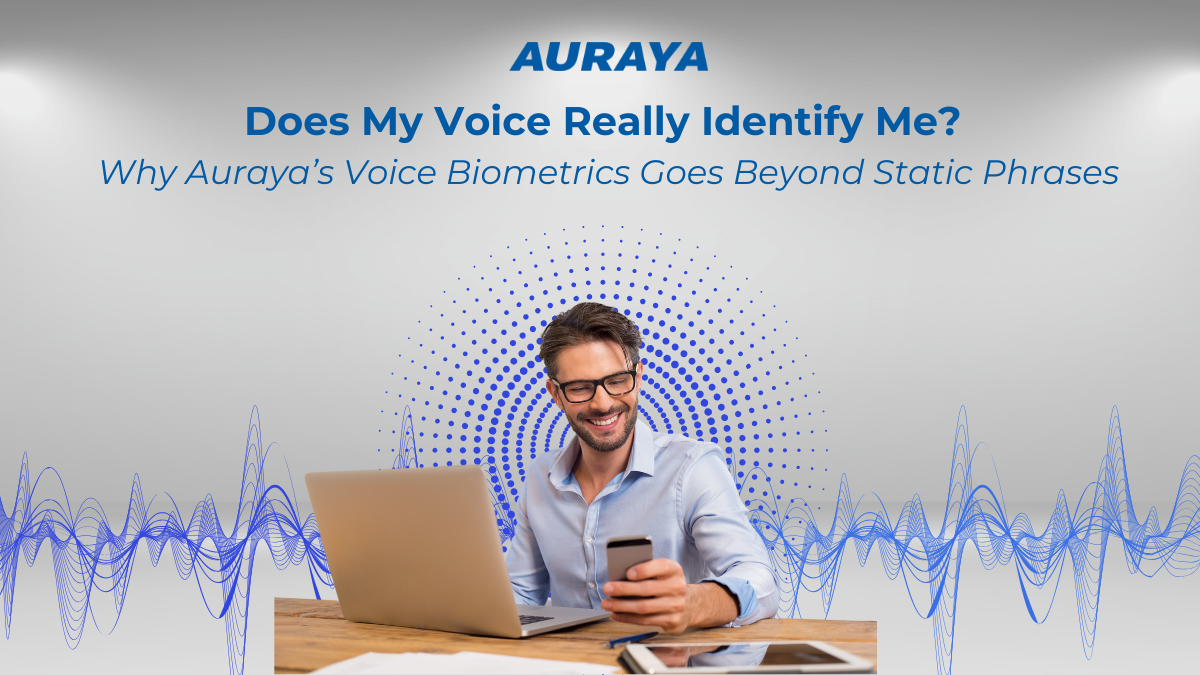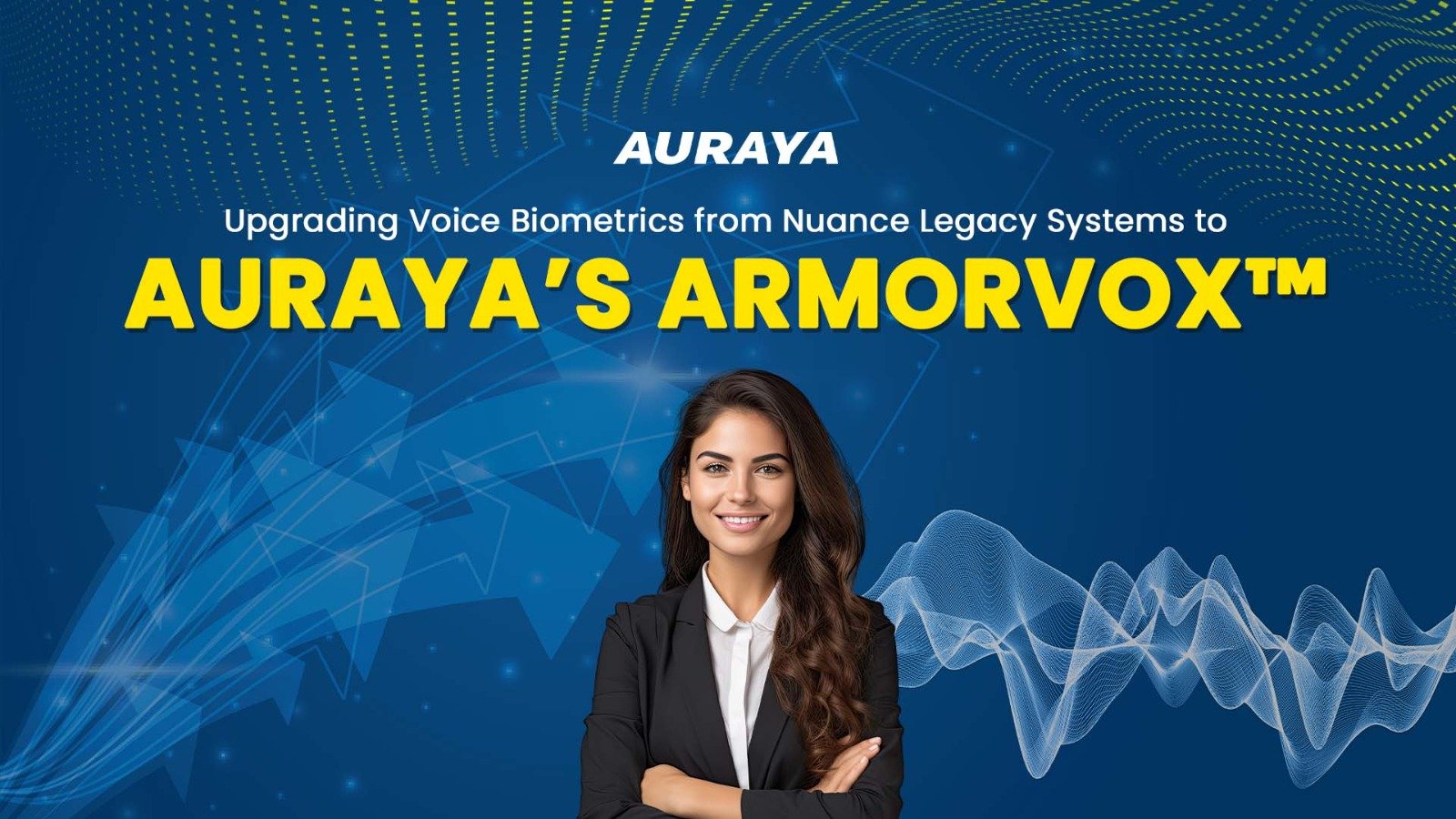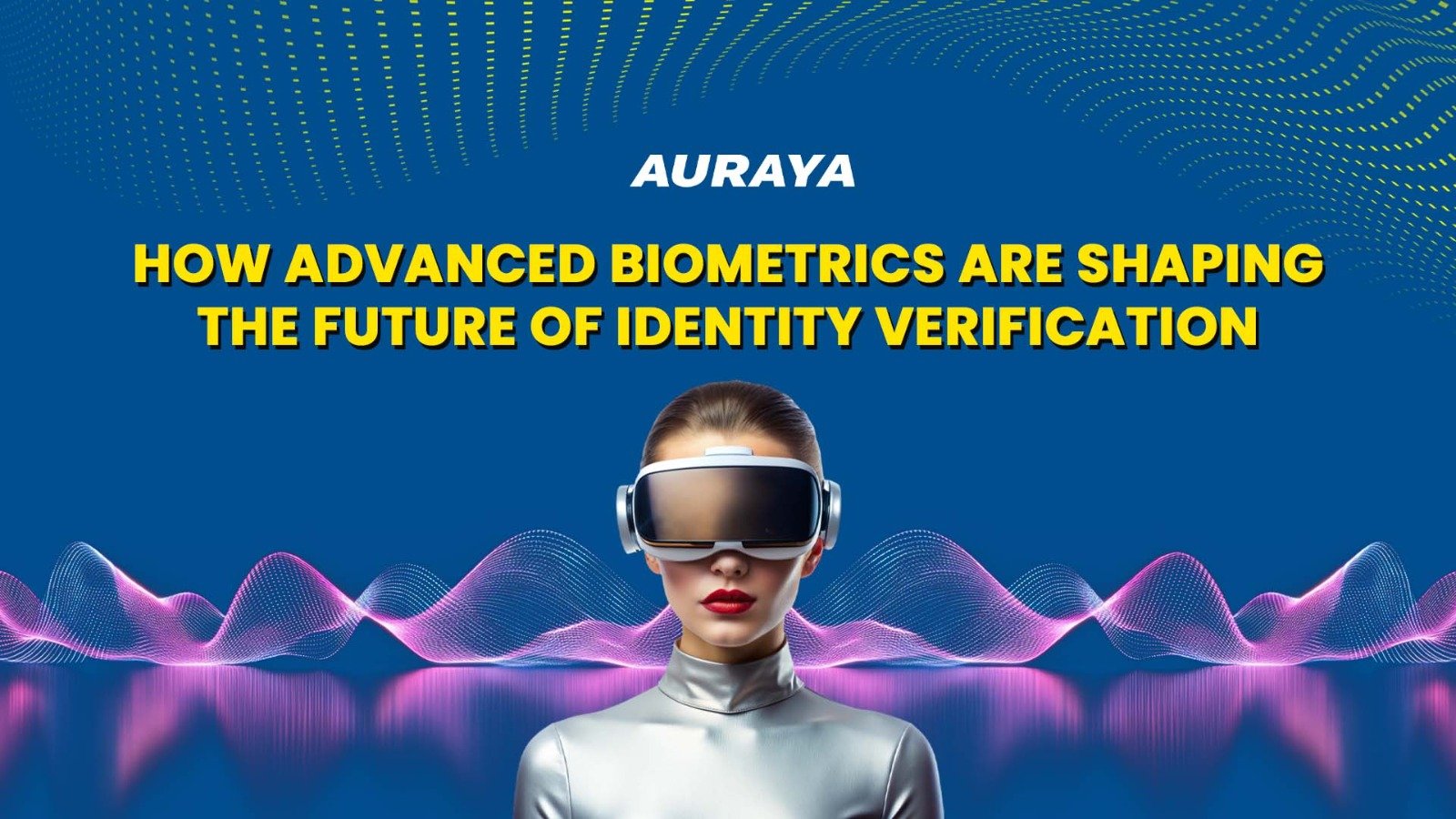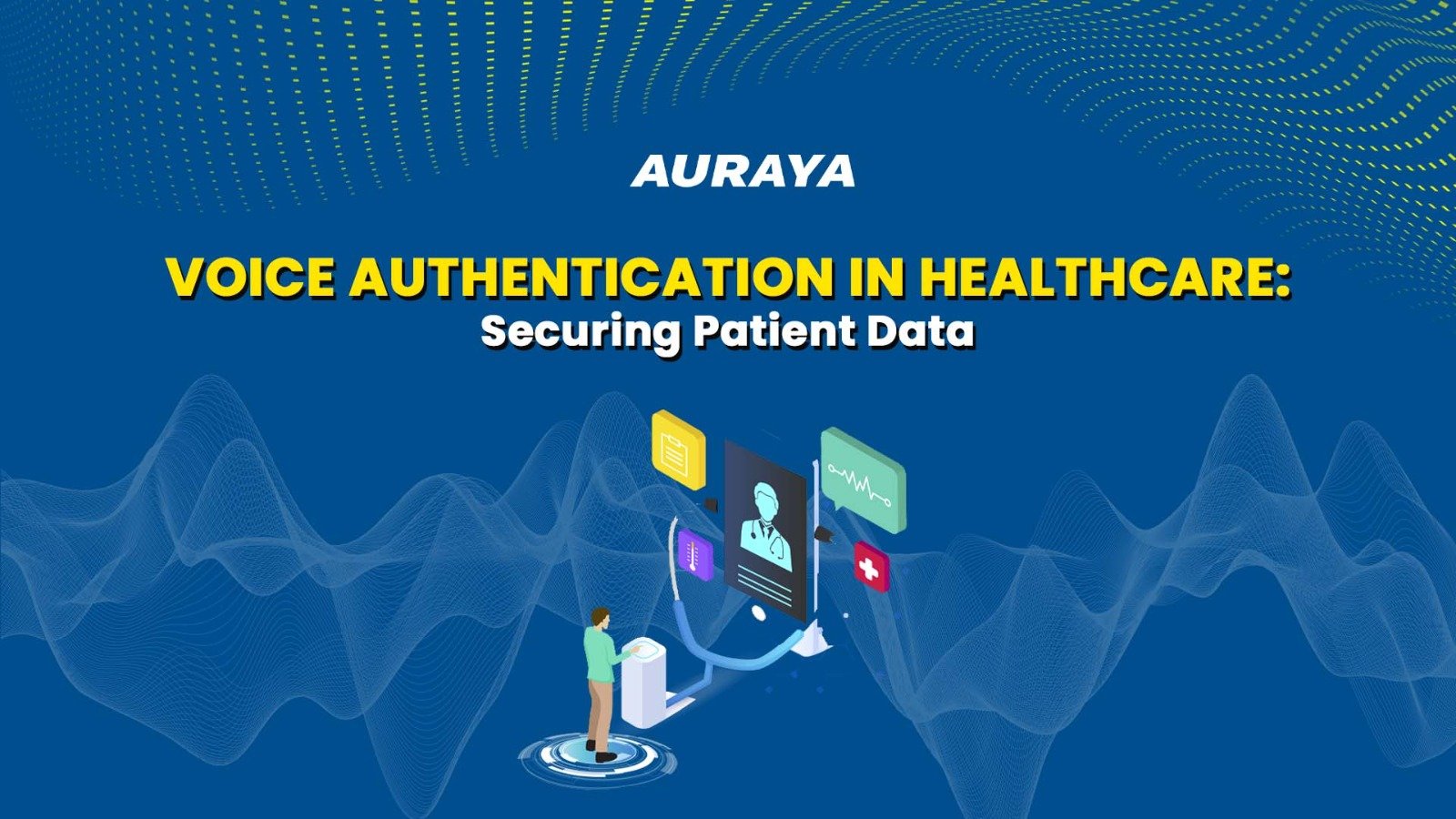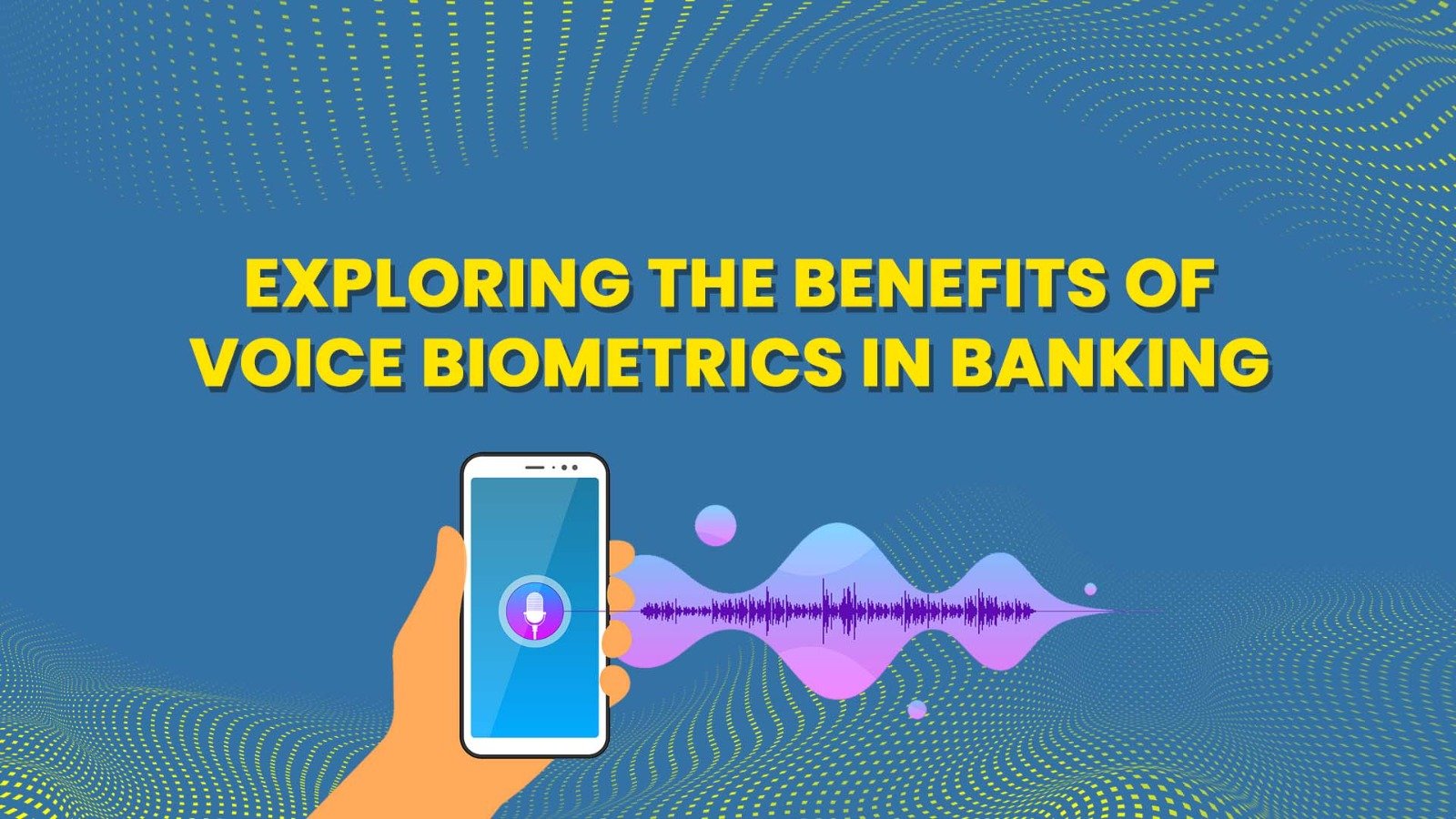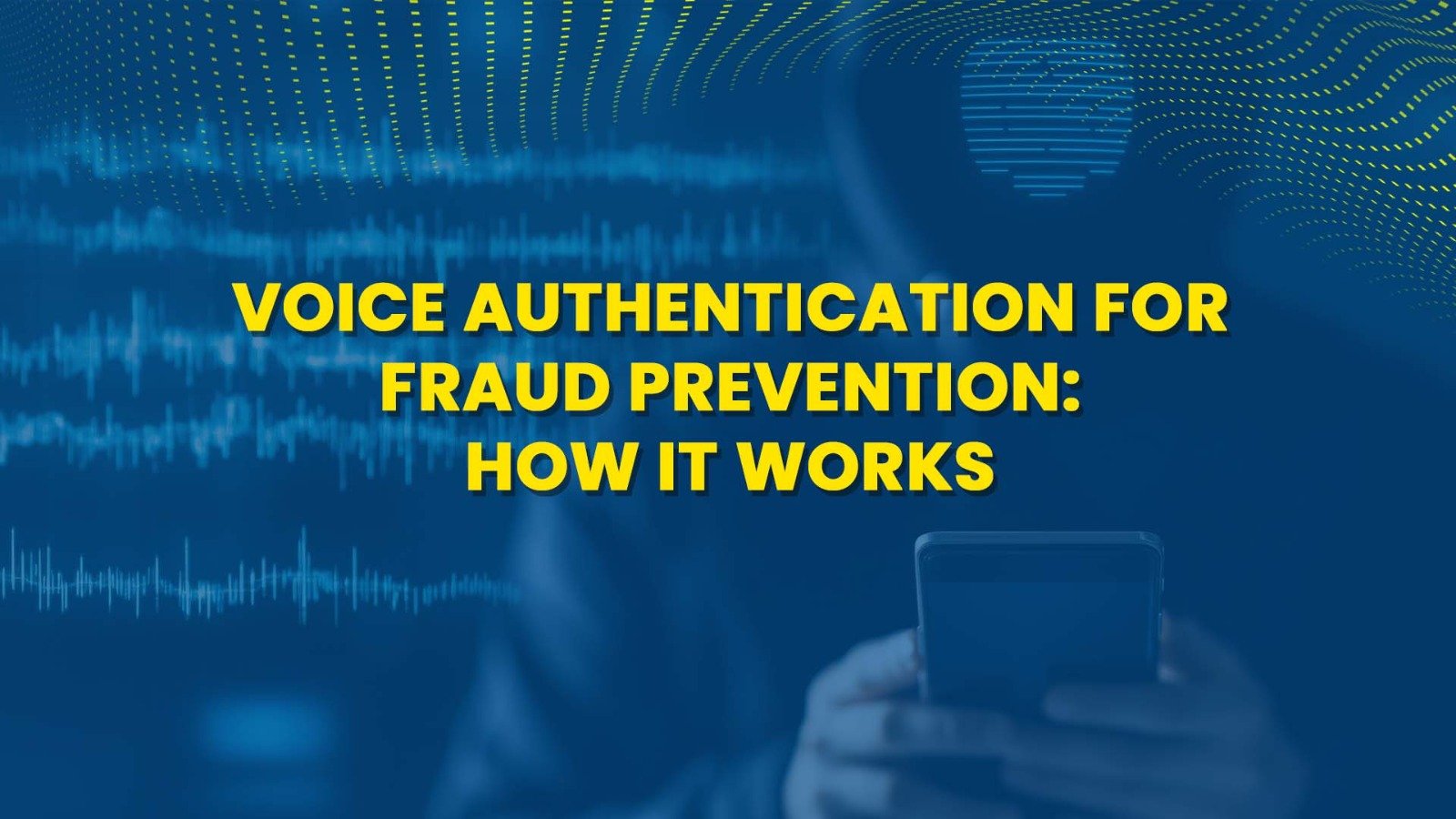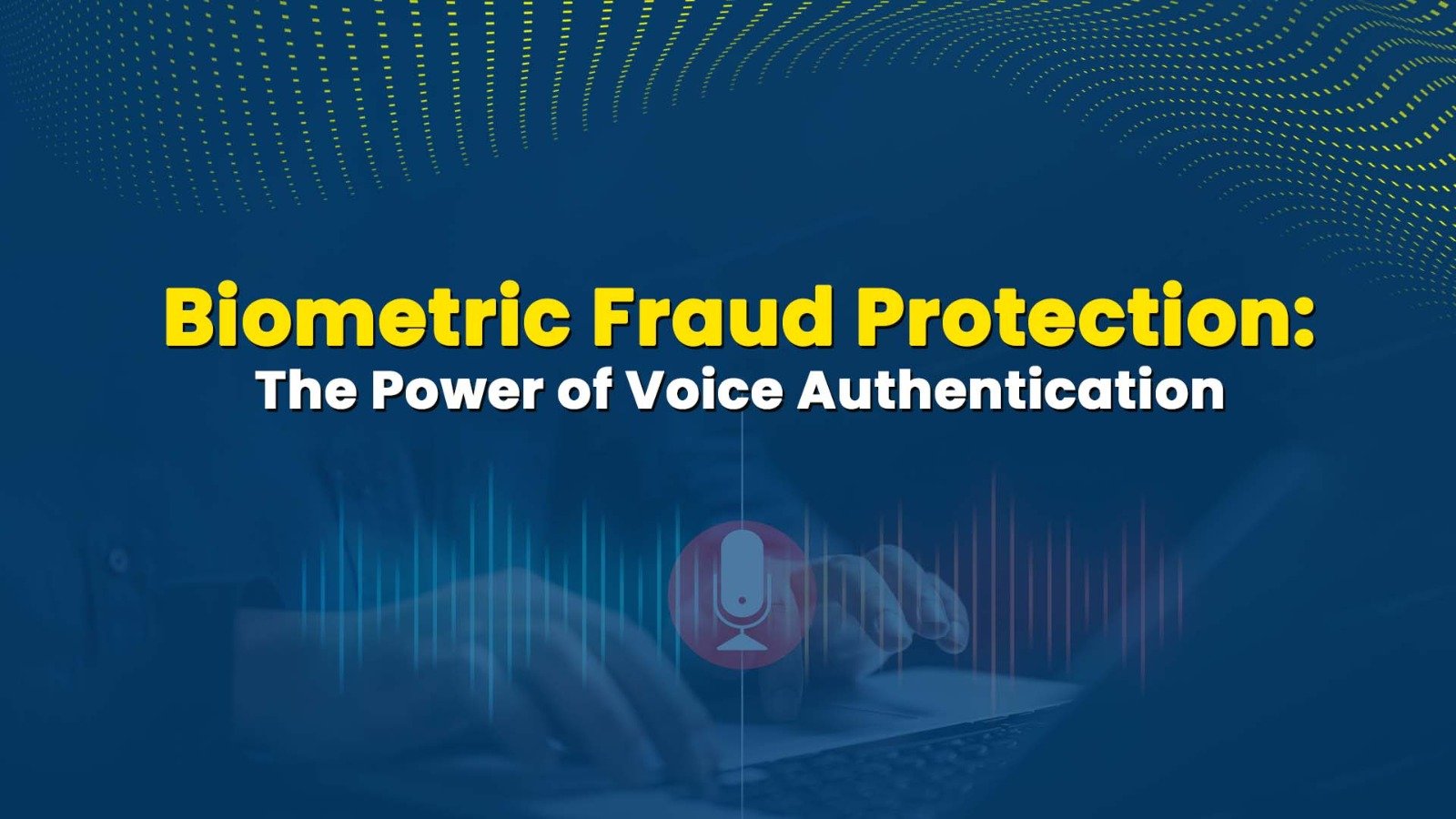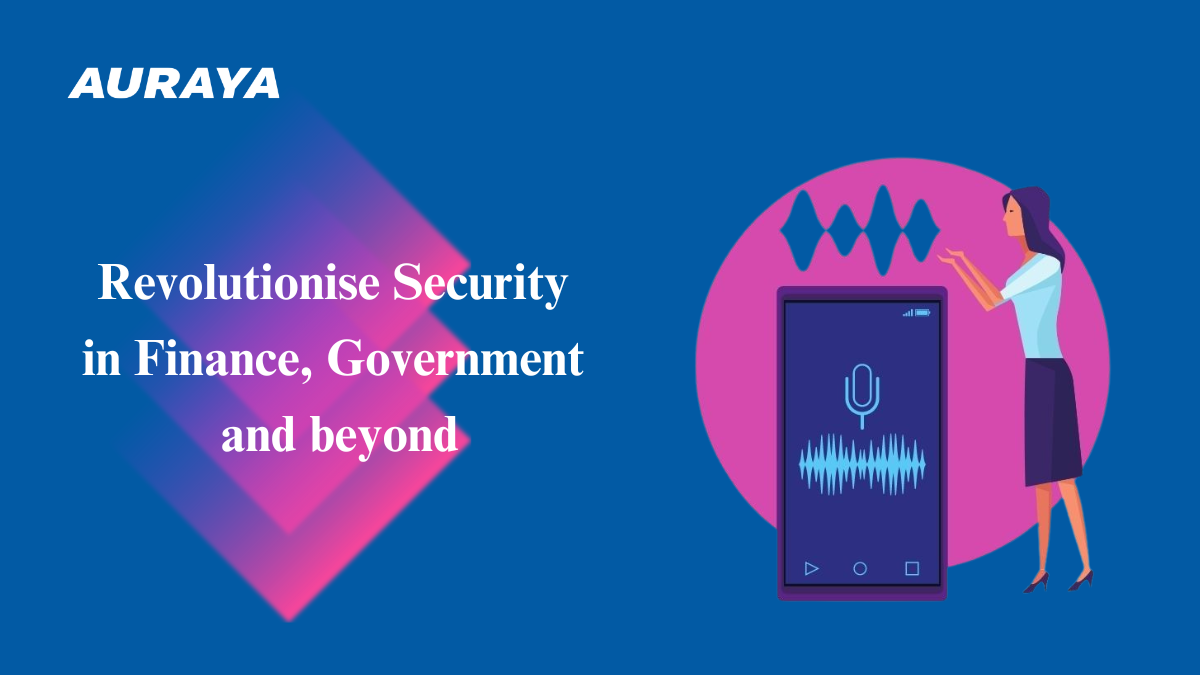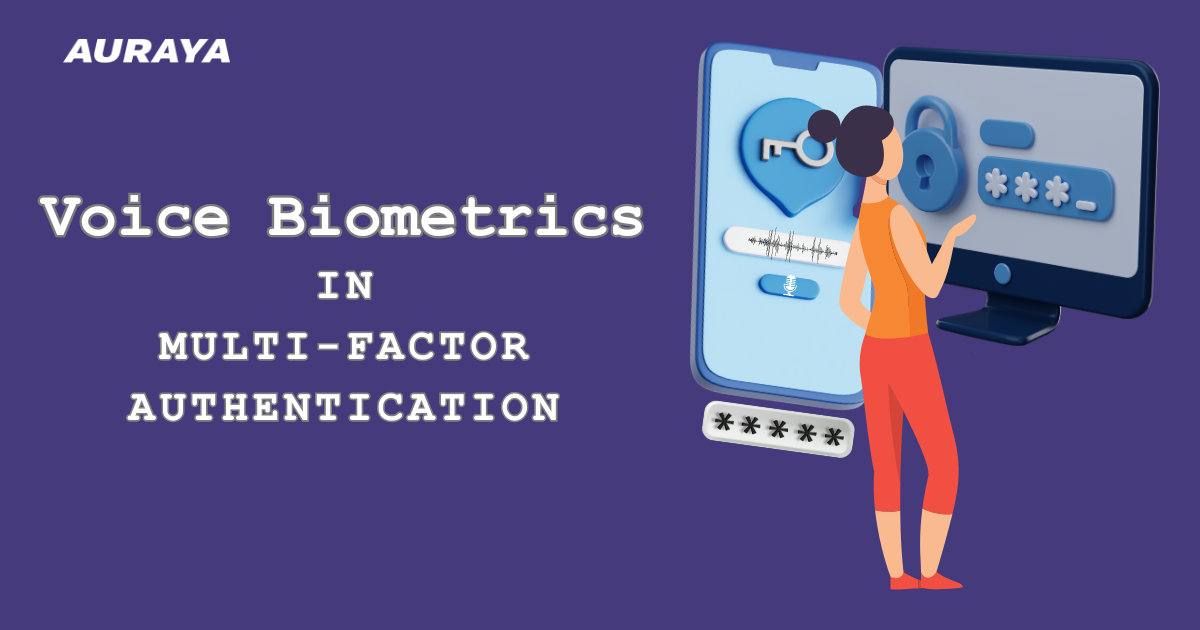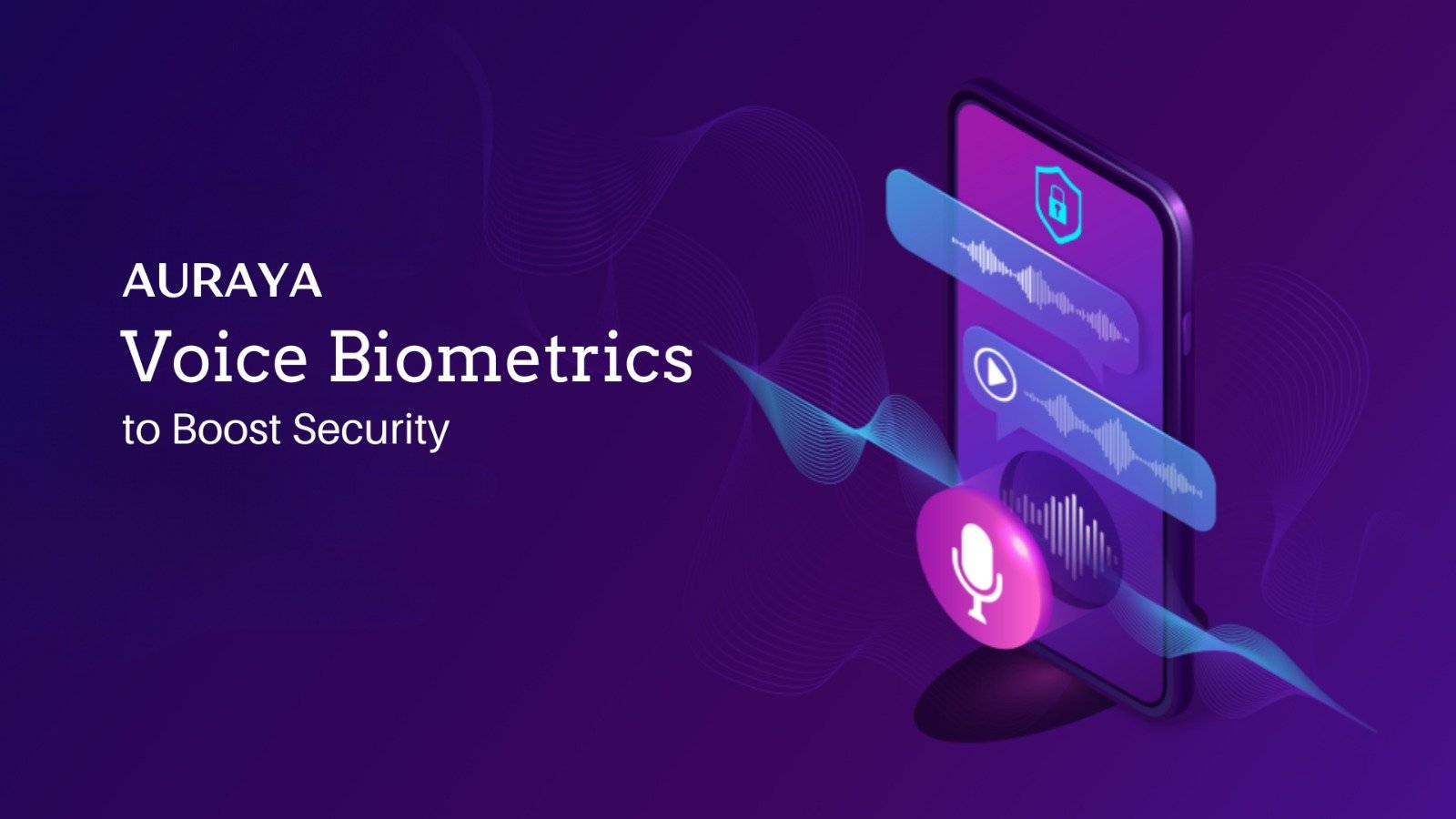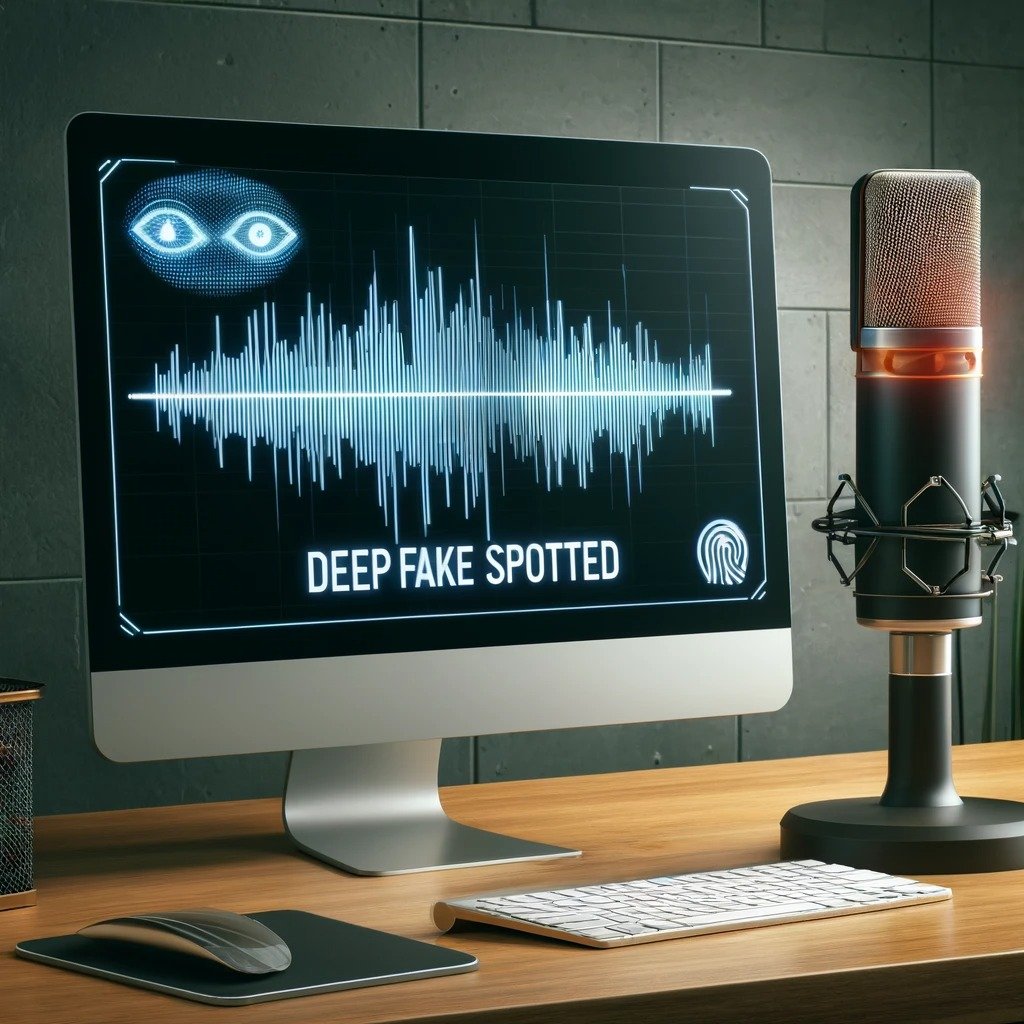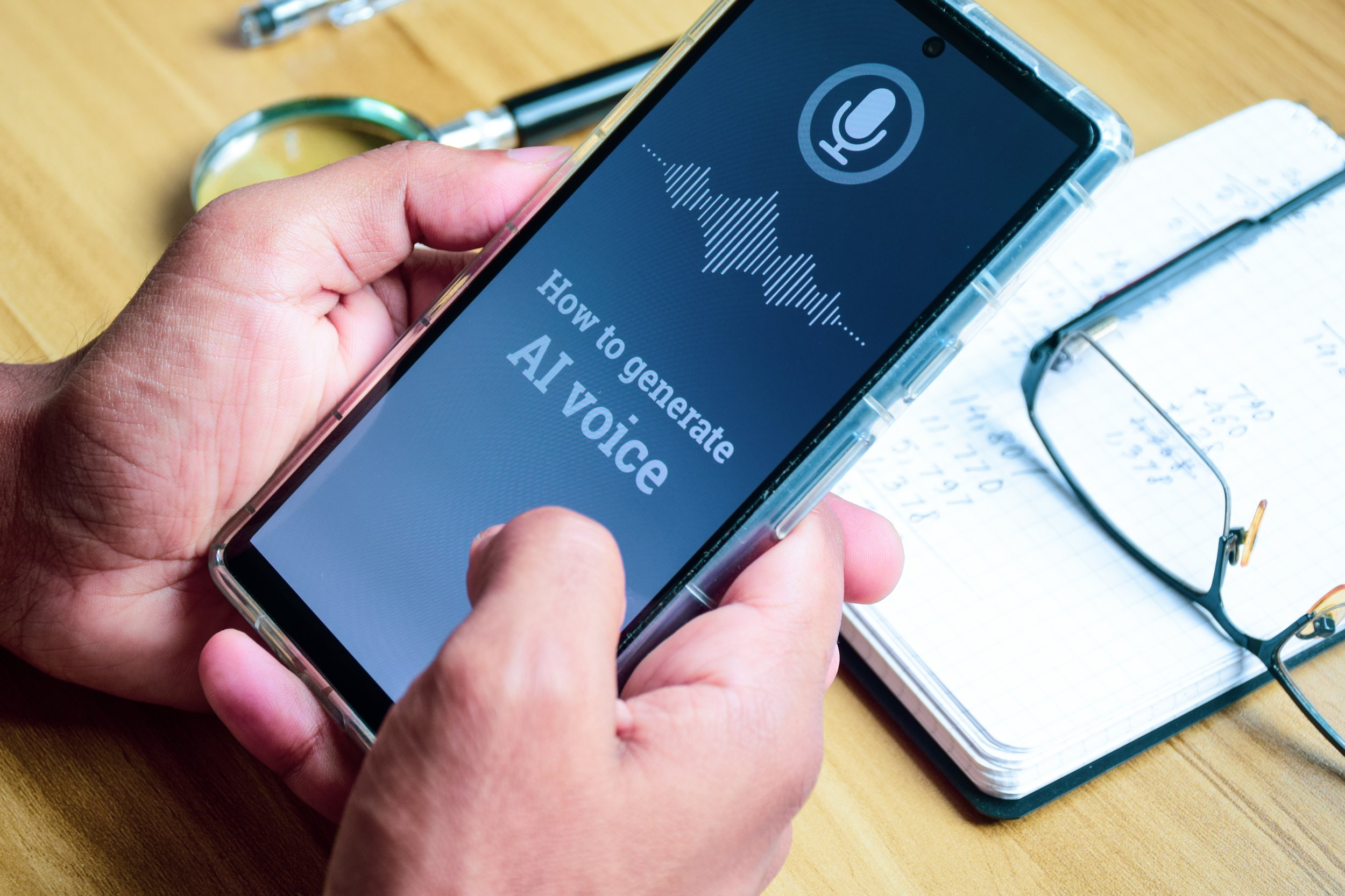Auraya’s Voice Biometrics for Secure Blockchain Identity Proofing
Organizations are looking to blockchain technology to enable secure and trusted digital services and transactions. According to the Global ID4D Datasheet, approximately 1.1 billion people worldwide have no proof of identity due to inaccessibility. Digital proof of identity provides a more convenient verification process compared to physical identity documentation. When blockchain technology leverages Auraya’s voice biometric technology organizations and individuals are provided with improved security and convenience in the digital identity ecosystem.
Blockchain also addresses data insecurity. ForgeRock’s 2019 US Consumer Data Breach report finds that personally, identifiable information is the most targeted data during a security breach, comprising 97% of all data breaches in 2018. With blockchain technology, users can create and manage digital identities for identity proofing through three main components of decentralized identifiers, identity management, and embedded encryption.
Blockchain identity proofing and voice biometrics help organizations reduce the risk of data breaches and mitigate its detrimental effects. Blockchain and voice biometrics improve the security of user identities, creating a stronger link between physical and digital identities and making it more difficult to create fake identities.
Blockchain Benefits
According to IBM, using blockchain for digital identity and credentials provides bountiful benefits for both organizations and their users:
Identity information is auditable, traceable, and verifiable
Individuals can curate their profiles and control data sharing
Issuers connect with others quickly and provide near-instant credential verification
Data used to generate credentials is not exposed
Only network participants with permission have access
All actions and processes are tamper-proof and permanently captured as blockchain transactions
Blockchain identity proofing means users are in charge of their own identities and have complete control over them, which could mean that identity sprawl is no longer needed and users do not have to worry about privacy or identity theft. Smart contracts or self-executing contracts can be converted to code and stored and replicated on the blockchain, allowing for software-defined contracts to be executed automatically without the need for human input. Additionally, blockchain can help manage users' identities and devices, and services, such as an autonomous car authenticating the driver (IoT to User transaction) or an autonomous car automatically paying for a charging station (IoT to IoT transaction).
Voice Biometrics and Blockchain Identity Proofing
ArmorVox is Auraya’s world-leading voice biometric AI engine. ArmorVox improves system security and user experience through secure voice biometric capabilities for any platform. ArmorVox can be used in a “keep your voice print” mode where individuals retain control of their voice print and, using blockchain technology, allow authorized entities to verify the identity of an individual by accessing the trusted voice print from an identity block chain whenever an identity wants to be verified securely.
Organizations and individuals can use ArmorVox to operate within a Zero Trust security framework. Organizations can authenticate and authorize users by comparing their voice with the voiceprint attached to the claimed identity.
According to Crowdstrike, Zero Trust is a “security framework that requires all issuers to be authenticated, authorized and continuously validated before being granted access to services and data.” It requires organizations to continuously monitor and validate that the user and their device have the privilege to transact or access the services or data.
Looking for more information, or interested in exploring our voice biometrics technology? Contact us at info@aurayasystems.com!



